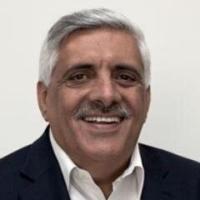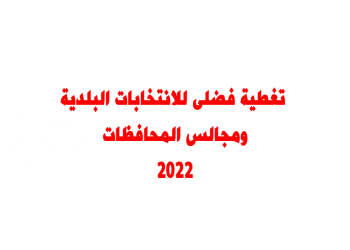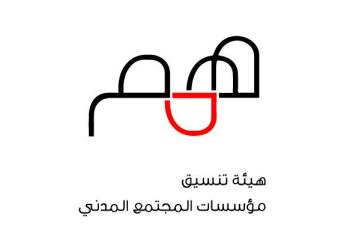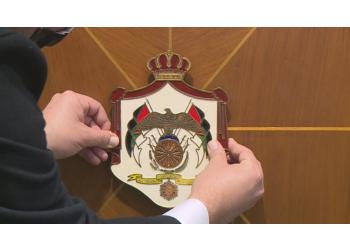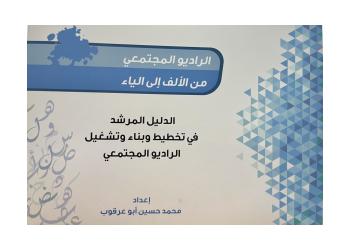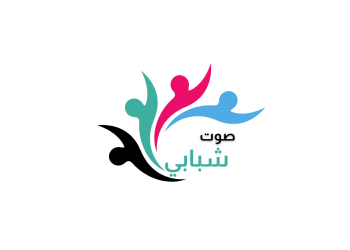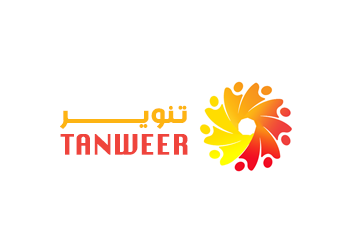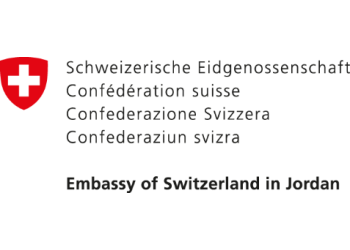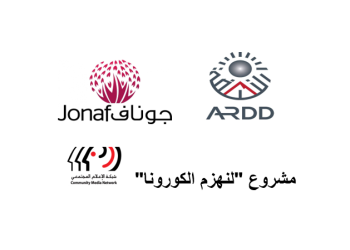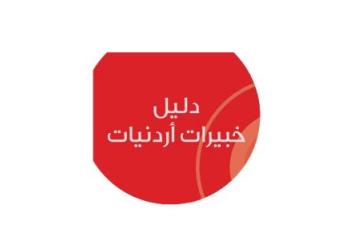
Arab civil society leaders gathered on the shores of the Dead Sea were quite sure about the future of Arab youth. Leaders from Lebanon, Egypt, Yemen, Palestine (both West Bank and Gaza) and Jordan were invited by Naseej (“weaving” in Arabic), a five-year community development initiative launched in 2005 by Save the Children with funding from the Ford Foundation.Arab civil society leaders gathered on the shores of the Dead Sea were quite sure about the future of Arab youth. Leaders from Lebanon, Egypt, Yemen, Palestine (both West Bank and Gaza) and Jordan were invited by Naseej (“weaving” in Arabic), a five-year community development initiative launched in 2005 by Save the Children with funding from the Ford Foundation.While many worry about the future of Arab youth, Nassej states on its website: “Young people who account for 60 per cent of the region’s population can be engaged as active agents in their own development and that of their communities.”Listening to success stories from Rafah, in Gaza Strip, to Yemen and Egypt, one can quickly understand the reason for this enthusiasm. However, Arab youth leaders are as frustrated as they are excited and optimistic. They complain about restrictions that governments continue to place on their activities while claiming to be all in favour of addressing the needs of youth.Legal and governmental restrictions are not the only source of frustration. They are unhappy with attempts to besmirch their image as puppets of Western powers.One Egyptian participant lashed out at Arab governments that themselves main recipients of huge external financial support try to be critical of civil society organisations because they receive “foreign funding”.While few expressed hope that the Arab private sector can come up with serious financial support, a number of self-reliance creative ideas were laid out as possible examples that can help youth activities and civil society organisations keep going even without external financial support.One of the most interesting aspects of this youth leadership meeting was the serious questions many young leaders expressed about organised institutions.Members of these committees spoke about holding meetings often in ad hoc settings – “sometimes in our cars as we are driving to a location”, the Lebanese youth leader said.Clearly the concept of “by and for the youth” that has been adopted in Naseej-funded projects has yielded noticeably different and serious results. It can be argued that these projects have proved to be more effective than major multimillion dollar fancy projects.The energy of today’s young Arab leaders has certainly not reached the critical mass that is required for major change and reform. But it is clear that in a few years, if the present direction continues, with the current passion and commitment, we will witness such a critical mass whose impact will surely be felt throughout the region.

